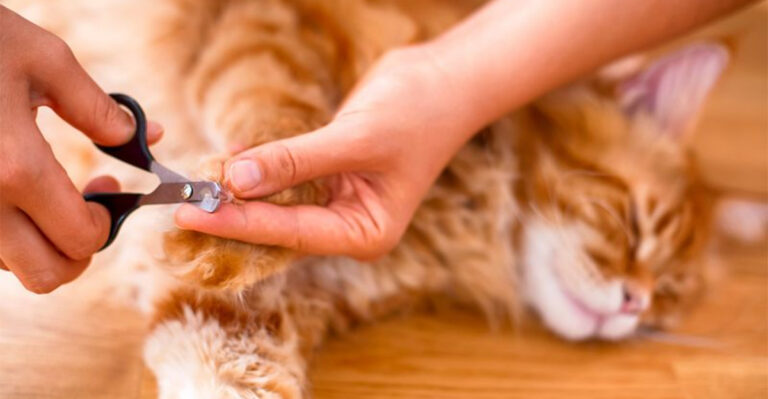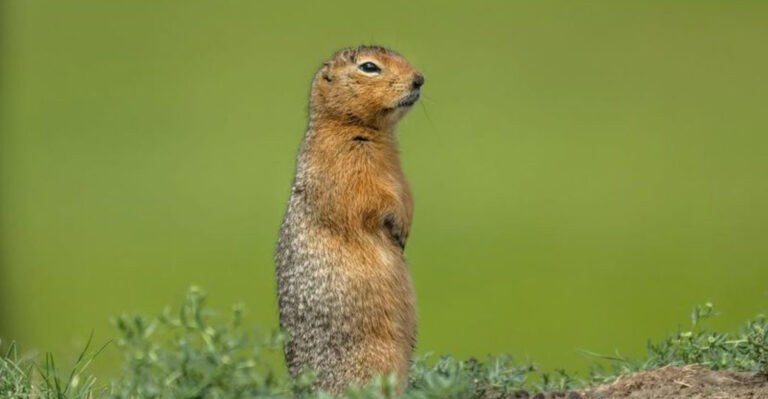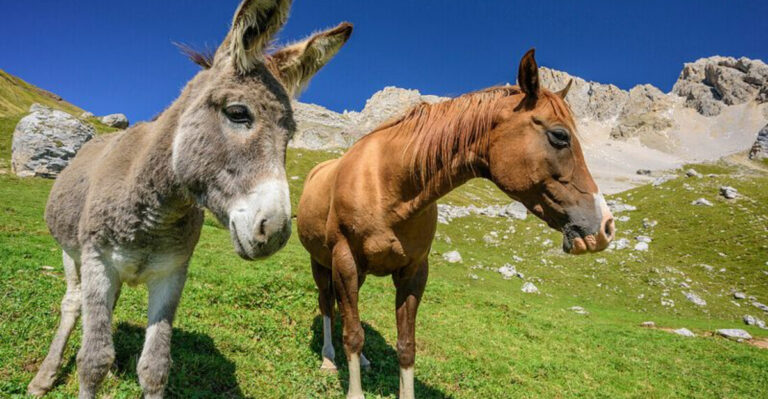14 Proven Tips To Keep Your Horse’s Hooves Strong And Healthy
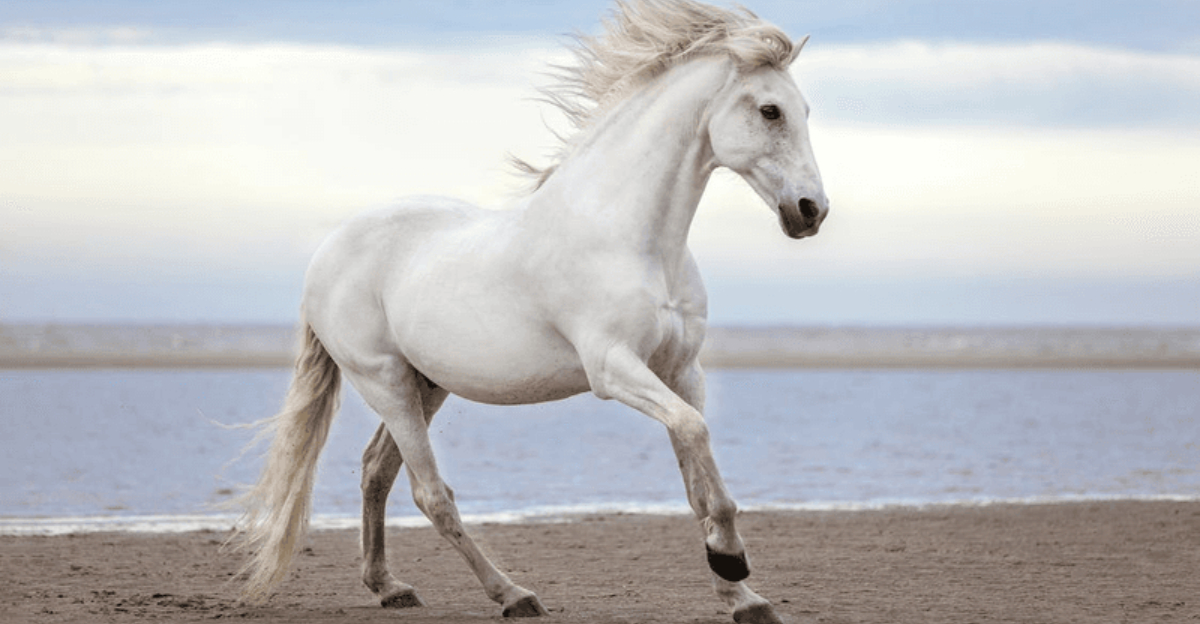
Healthy hooves are the foundation of a sound, happy horse. Just like our own nails, hooves need proper care to stay strong and prevent painful conditions that can sideline your equine partner.
Whether you’re a seasoned horse owner or new to the barn, these fourteen proven tips will help your horse maintain rock-solid hooves year-round.
1. Regular Trimming Schedule
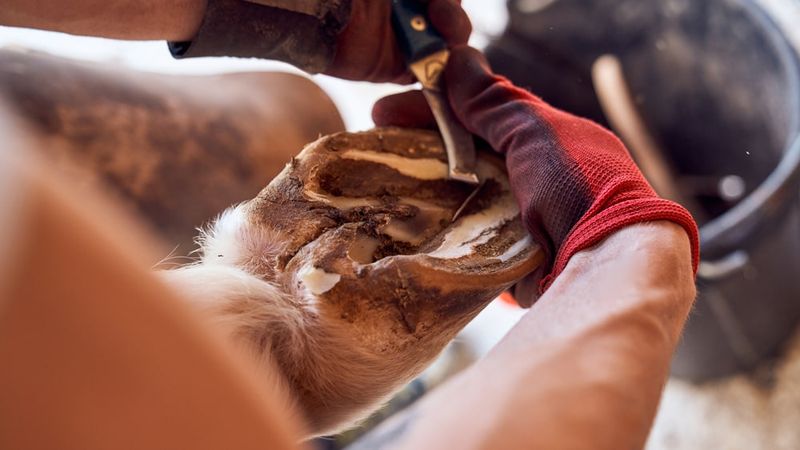
Think of hoof trimming like haircuts – skip too many and things get messy! Most horses need professional attention every 6-8 weeks, though this varies by season and individual growth rates.
Consistent trimming prevents cracks, chips, and improper weight distribution that can lead to lameness. Your farrier is your best ally in maintaining proper hoof shape.
2. Daily Hoof Picking
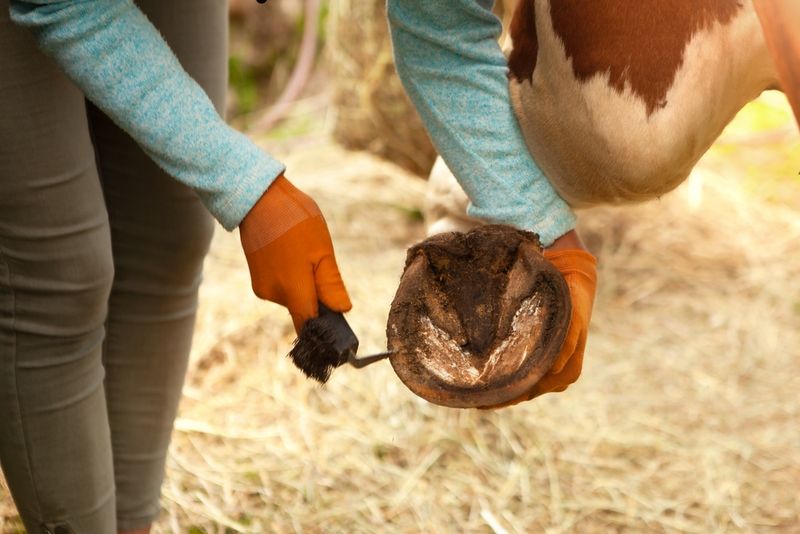
Mud, manure, and rocks trapped against the sole create the perfect breeding ground for thrush and other nasty infections. Make hoof picking part of your daily routine – morning and evening is ideal.
Use a proper hoof pick and clean from heel to toe, paying special attention to the deep groove called the frog. This simple habit prevents most common hoof problems.
3. Provide Clean, Dry Footing

Ever notice how your fingernails get soft after a long bath? Horse hooves react similarly to excessive moisture. Constant wet conditions soften hooves, making them prone to bacterial infections and structural damage.
Ensure your horse has access to dry ground, even during rainy seasons. Well-drained paddocks and stalls with clean bedding prevent the wet-dry cycle that weakens hooves.
4. Balanced Nutrition

Hooves grow from the inside out, so what your horse eats directly impacts hoof quality. Quality protein, biotin, zinc, copper, and fatty acids are the building blocks of strong hooves.
Fresh pasture and good hay form the foundation, but some horses need supplements to address specific deficiencies. Talk with your vet about testing for imbalances if you notice persistent hoof problems.
5. Proper Hydration
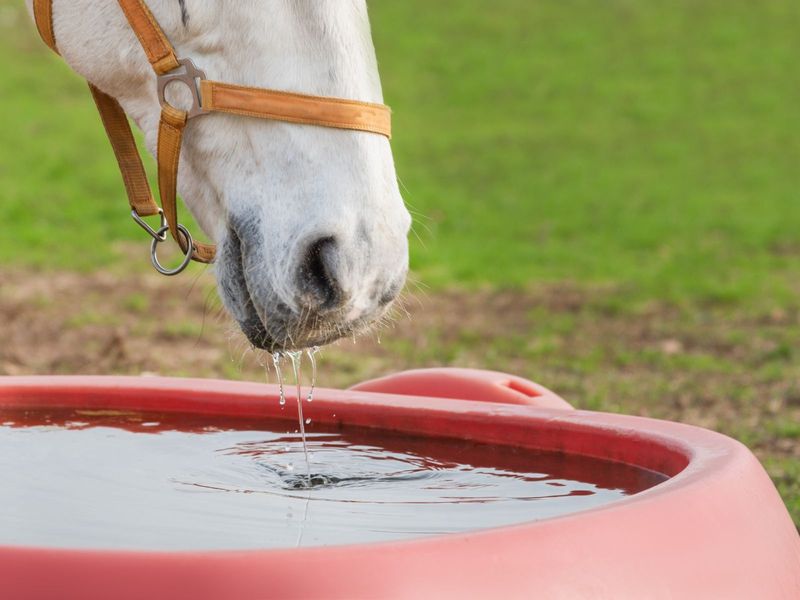
Water isn’t just for drinking – it’s essential for healthy hoof growth! Dehydration affects circulation, limiting nutrients reaching the hooves. During hot months or intense work, horses need 8-12 gallons daily.
Keep water sources clean and accessible year-round. In winter, warm water encourages drinking and prevents the dry, brittle hooves that often crack and chip.
6. Strategic Shoeing Decisions
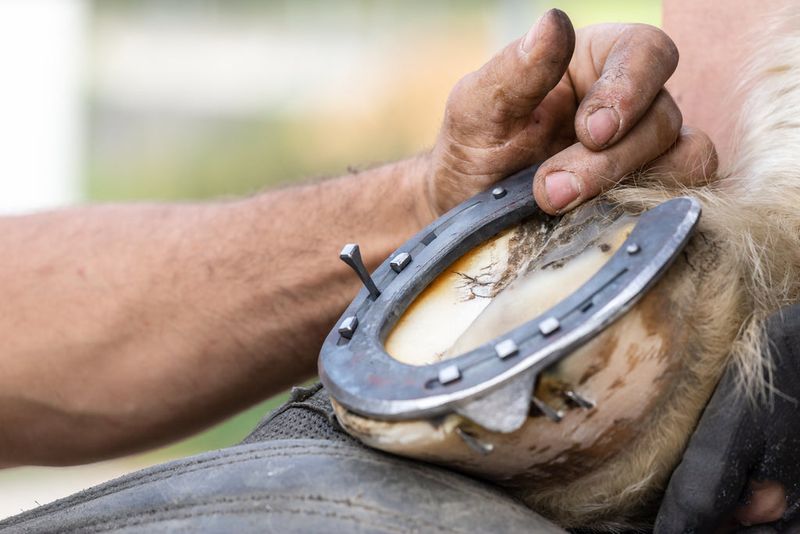
Not every horse needs shoes! Working with your veterinarian and farrier to determine if your horse should go barefoot or wear shoes is crucial for long-term hoof health.
Factors like riding surface, frequency of work, conformation, and existing hoof conditions all influence this decision. Some horses thrive barefoot, while others perform better and stay sounder with proper shoeing.
7. Regular Exercise
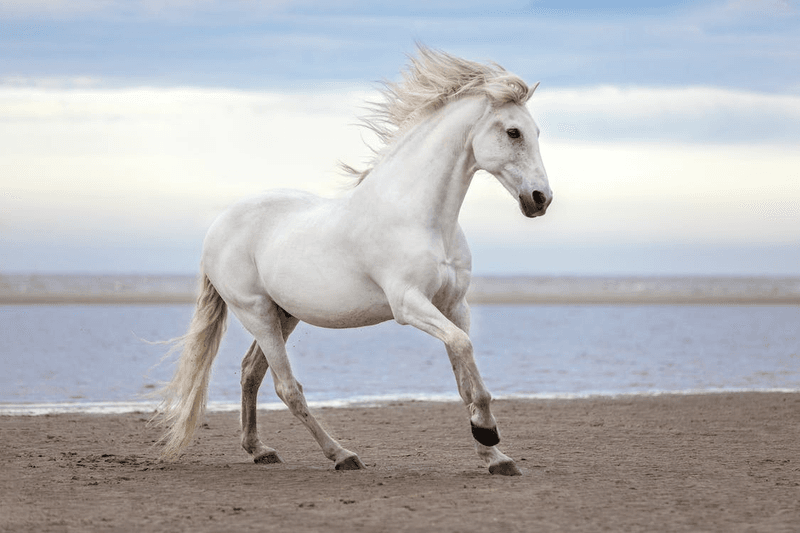
Movement is medicine for hooves! Circulation increases with exercise, delivering oxygen and nutrients to hoof tissues while removing waste products. Stabled horses often develop weaker hooves than their pastured friends.
Even gentle walking stimulates blood flow to the feet. Aim for daily turnout or riding to keep those hooves healthy from the inside out.
8. Topical Hoof Products
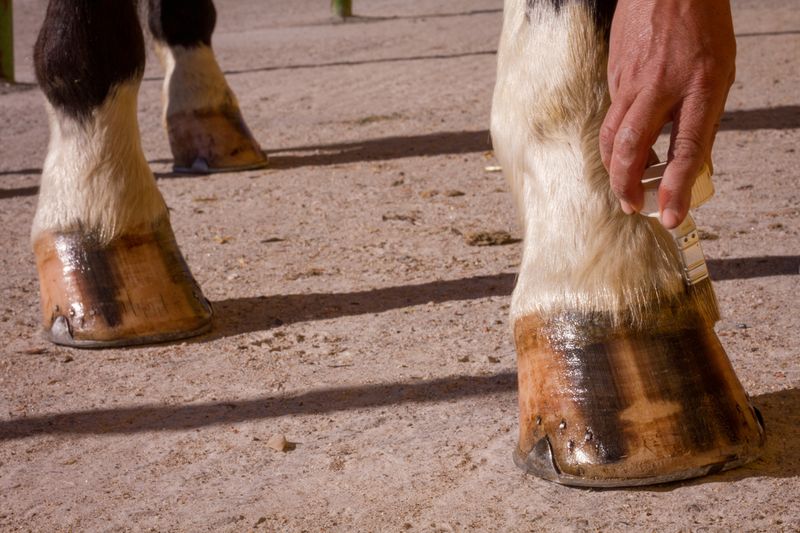
Hoof dressings aren’t just for show ring shine! Quality products can help maintain moisture balance in changing conditions. Apply to the hoof wall and coronary band, but avoid the sole and frog.
During extreme weather shifts, the right product prevents excessive drying or softening. Remember: no product replaces good management, but the right one complements your care routine.
9. Monitor For Early Warning Signs
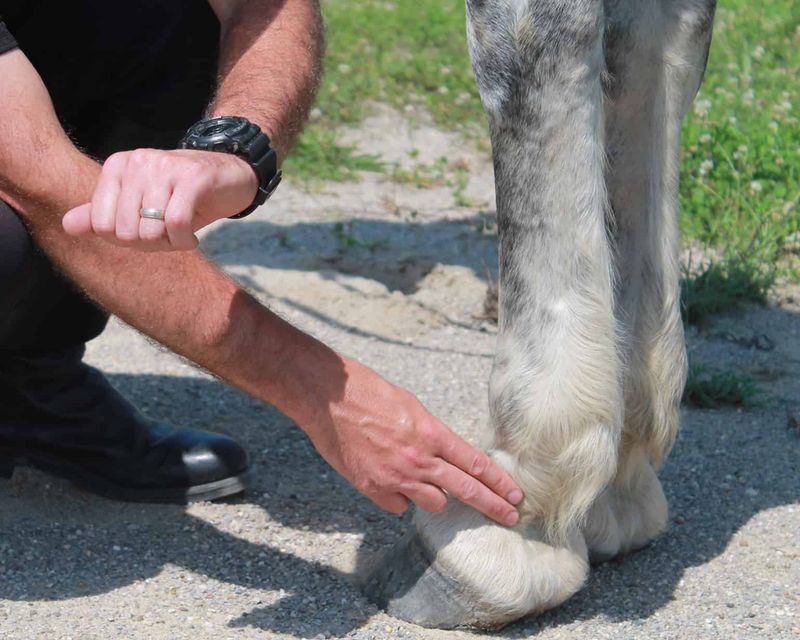
Heat, pulse changes, or sensitivity in hooves are your horse’s way of waving red flags! Learn to recognize normal versus abnormal by checking hooves regularly when they’re healthy.
Catch issues like thrush, abscesses, or laminitis early by noticing subtle changes in stance, gait, or hoof appearance. Quick action often prevents small problems from becoming serious setbacks.
10. Maintain Consistent Ground Surfaces
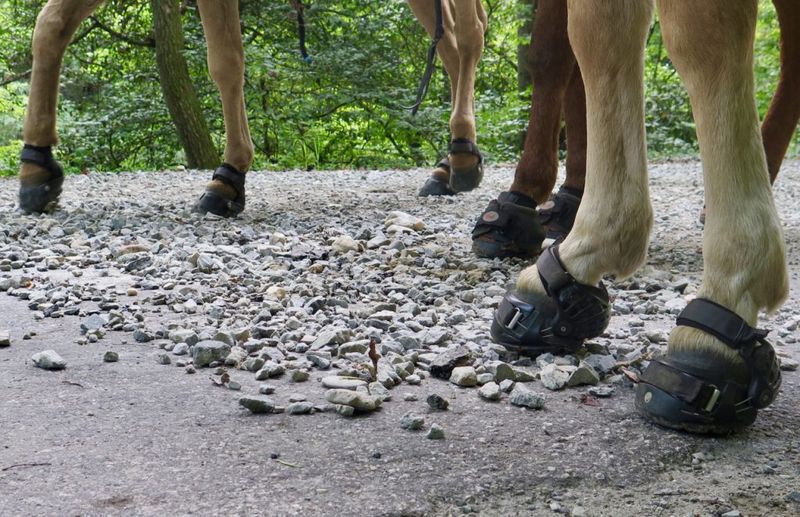
Surprise! Hooves adapt to their environment, so sudden changes from soft to hard ground can shock the system. Transitioning between surfaces gradually gives hooves time to adjust their growth patterns.
If moving from muddy winter fields to summer’s hard ground, increase time on firmer surfaces incrementally. This prevents bruising and helps hooves develop appropriate thickness and strength.
11. Seasonal Hoof Care Adjustments
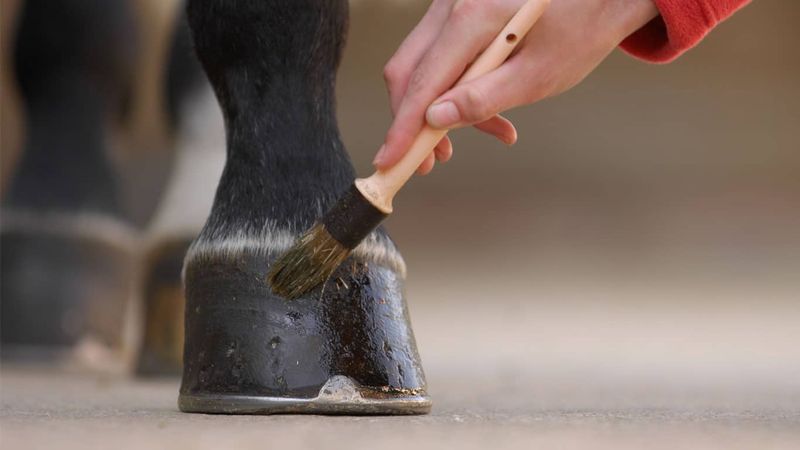
Just as you change your wardrobe with the seasons, your horse’s hooves need seasonal attention too! Summer’s dry conditions might require moisturizing products, while winter’s mud calls for preventative thrush treatments.
Work with your farrier to adjust trimming schedules during growth spurts in spring. Smart seasonal shifts in your routine prevent the common problems each season brings.
12. Smart Turnout Management

Freedom to roam builds better hooves! Natural movement across varied terrain stimulates blood flow and encourages proper wear patterns. However, extremely rocky areas might need transitional exposure for tender-footed horses.
Rotate pastures when possible to prevent deeply rutted, muddy areas from forming. Strategic turnout timing around weather events helps minimize the damaging effects of persistent moisture.
13. Build A Professional Team
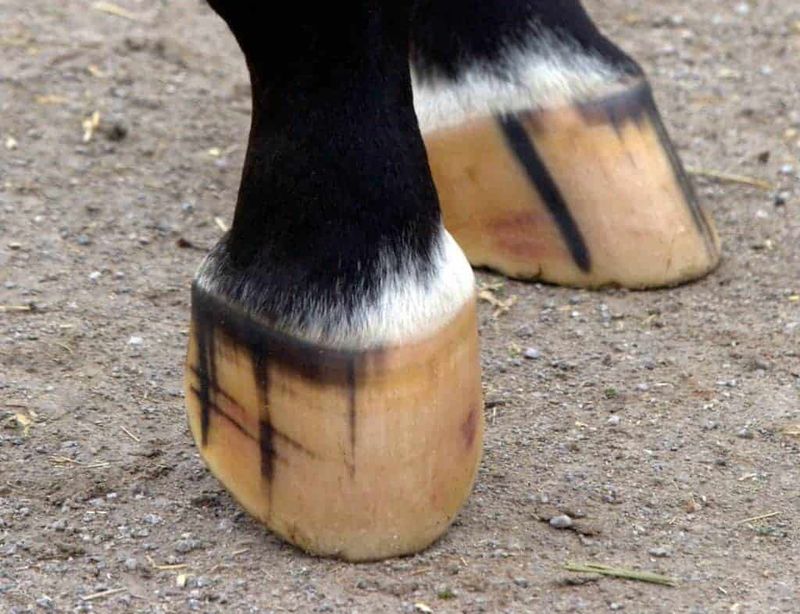
Your horse’s hooves deserve a dream team! Finding a skilled farrier who communicates well with your veterinarian creates a powerful partnership for addressing complex issues.
Regular evaluations from both professionals catch subtle changes before they become problems. Don’t hesitate to ask questions – understanding their recommendations helps you provide better day-to-day care between visits.
14. Keep Detailed Records
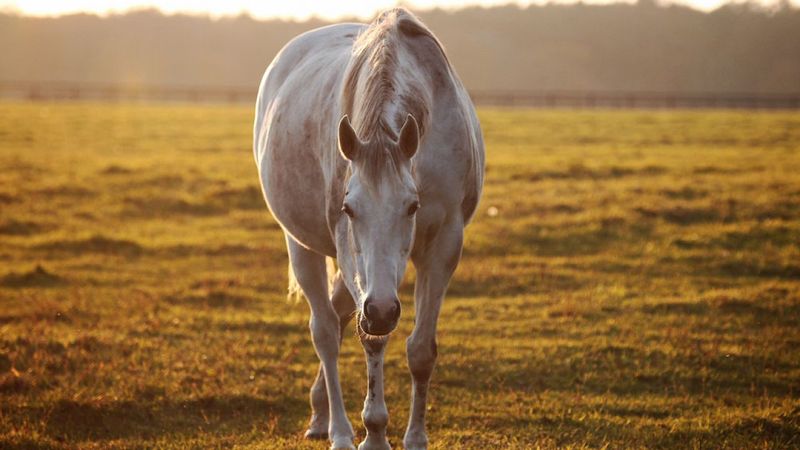
Memory can be tricky, but notes don’t lie! Track trimming dates, changes in hoof condition, and responses to different products or management approaches. Photos are especially valuable for monitoring subtle changes.
These records help identify patterns and provide critical information when consulting professionals. A simple notebook or smartphone app makes this easy habit incredibly valuable for long-term hoof health.




